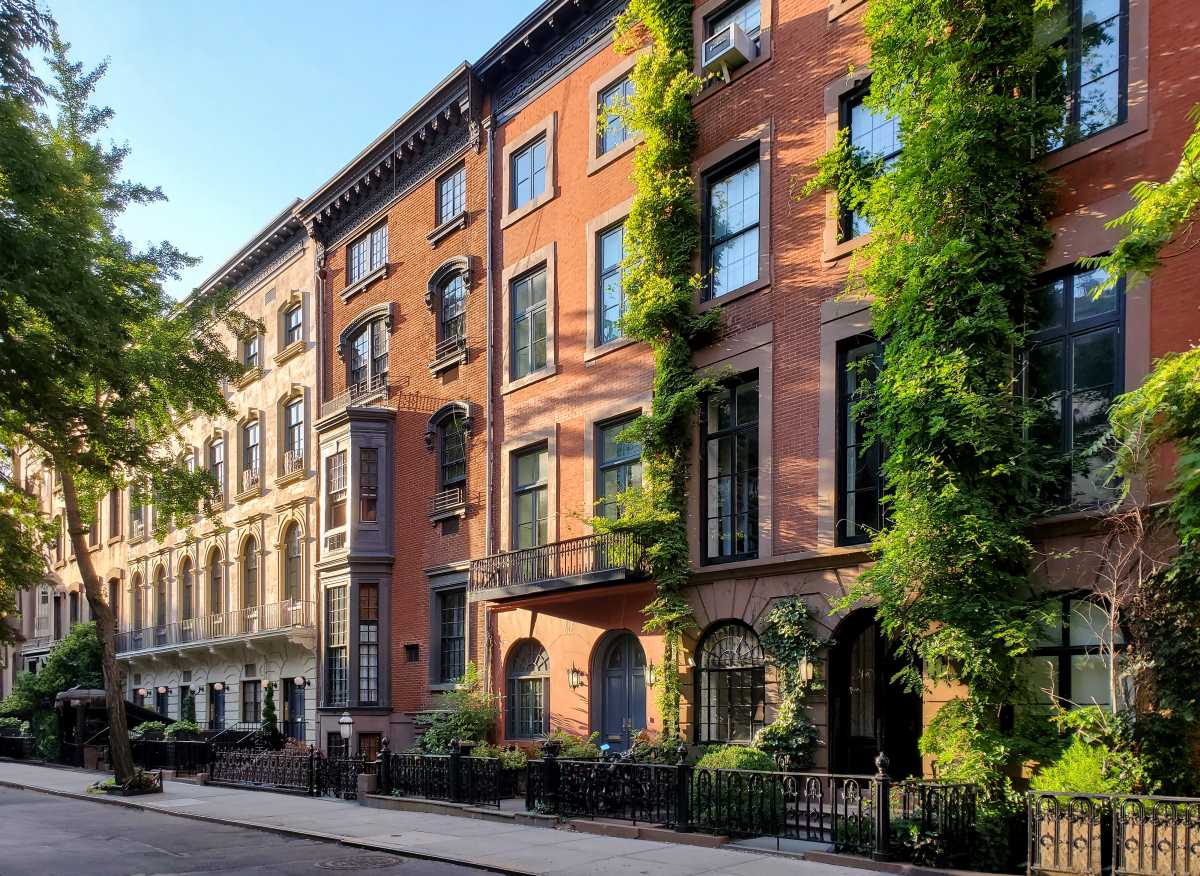By Michael Rymer
Samuels’ first two books, “Only Love Can Break Your Heart” and “The Runner,” which are being published simultaneously, probe the theme of self-invention. In the preface to the former, a collection of his best magazine articles, Samuels, 41, describes his interest in the American “gift for self-delusion and for making ourselves up from scratch.” In the pages that follow, the reader learns the stories of Paul Huston, a foppish Long Island teenager who became Prince Paul, an avant-garde hip-hop MC, Jack Loizeaux, a forestry student in Georgia who became the patriarch of a family-run demolition company that blew up Sands Casino in Las Vegas; and Jon Conrad, an earnest Nebraskan who moved to Southern California to pilot the Goodyear Blimp.
During the decade Samuels wrote the articles collected in the volume, which were originally published in magazines including “Harper’s” “The New York Times Magazine” and “The New Yorker,” Manhattan was his home base—a place to write, and catch up with editors and friends between extended reporting trips. But the rapid changes in the city that were occurring then sometimes made returning home as disorienting as leaving.
“If I had said, ‘There’s going to be an age where there will be no graffiti on the streets, the subways will be perfectly clean, and you’ll be able to get a gourmet sandwich equal to any in Paris,’ it would have struck everybody as impossible,” Samuels said in a recent interview at Florent, a Gansevoort Street diner near where he lived in the early ’90s, when it was common to find blood from cattle carcasses pooled on the streets of the Meatpacking District.
Samuels launched his career as a long-form journalist with an article chronicling his experience of spending a full day and night in Florent (“Twenty-four hours in a 24-hour restaurant,” he said, smiling) for the now-defunct “Egg Magazine.” “This restaurant had this amazing life cycle from butchers covered in blood to club kids to transvestite prostitutes getting off their shifts,” he said.
But Samuels was accustomed to watching the city change. He lived in Brooklyn until age 11, when he found a syringe in the sandbox of the local playground and saw rats crawling on heaps of garbage during the 1977 sanitation strike. His family moved to New Jersey, but he ventured back to the City on the weekends. Following his graduation from Harvard, he shared an East Village apartment with five other people, “a transient population of slackers, pot smokers, and heroine addicts.”
Still, the speed of the gentrification in the late ’90s and early 2000s of sections of Manhattan, including the Meatpacking District, unnerved him. “It was like one of those stop-action things where they take a picture of a flower every seven days, and you see the flower grow really quickly in the flip-book. I kept having these experiences of going to Bosnia, Oregon, California, going to some small town in Texas—staying there two, three, four months—and coming back to New York and seeing something new,” he said.
The articles in Samuels’ collection examine how people’s self-inventions are often tied to moving to a new place. In “The Runner,” an expansion of Samuels’ 2001 “New Yorker” profile of James Hogue, a gifted endurance athlete and serial self-inventor famous for gaining admission to Princeton as a 29-year-old who went by the assumed name Alexi Santana. The book chronicles how Hogue ingratiated himself with his classmates by claiming he had trained with Kenyan distance-runners and was being considered for a spot on the Olympic bike-racing team.
The piece was published to instant acclaim. “Everyone was talking about it. Three Hollywood students were bidding six-figure sums for the rights,” said Samuels, who was hiding out at his brother’s house in the Hamptons. “Then I came back to New York. A day later I walked outside, and there was smoke billowing from the towers. No one cared anymore about optioning ‘The Runner’ for a six-figure deal, and I didn’t really care anymore,” he said.
Several years later, Samuels’ “New Yorker” editor sent him an article from a Denver newspaper about the arrest of James Hogue for stealing over 7,000 items from the homes of his neighbors in Colorado. Samuels decided to expand his original profile of Hogue into a book. “Hogue took the logic of self-invention to an abstract extreme,” Samuels said In Telluride, Samuels found that Hogue’s neighbors knew various stories about Hogue, including that he’d run in the Olympic trials, that he held a chemical engineering degree from the University of Texas, and that he’d lived in Italy for two years.
“The story of New York in the ’90s is the story of how a bunch of people turned their tenements into condos—the story of me leaving and my brother moving in,” he added. Samuels’ brother, who now lives around the corner from Florent, is a trader for a hedge fund, and Samuels lives in Brooklyn with his wife and son.
“The streets were a lot dirtier than they are now,” said Samuels. “You’d see some 250-pound transvestite in a pink tube dress walking down the street barefoot with his slippers in his hand so he didn’t step in the blood. I liked sharing the city with that guy.”




































